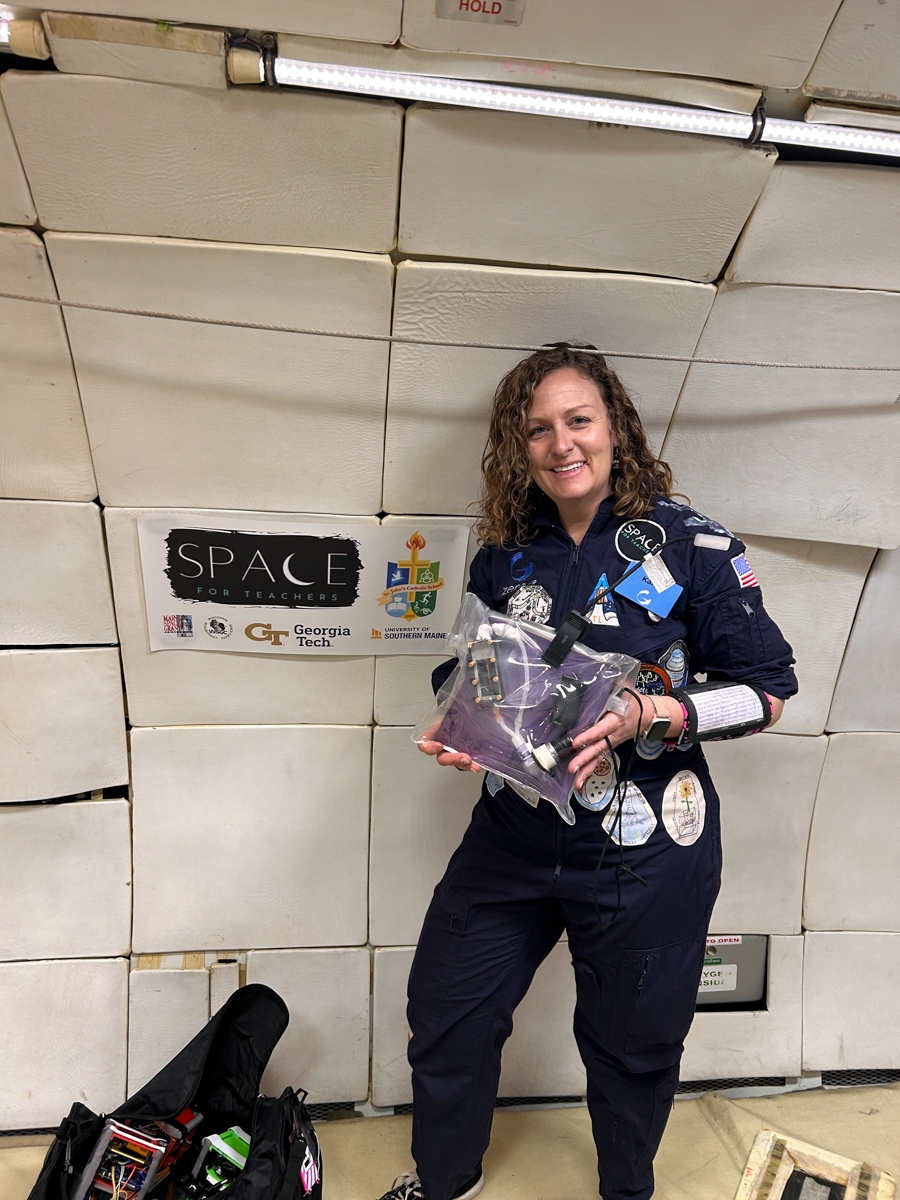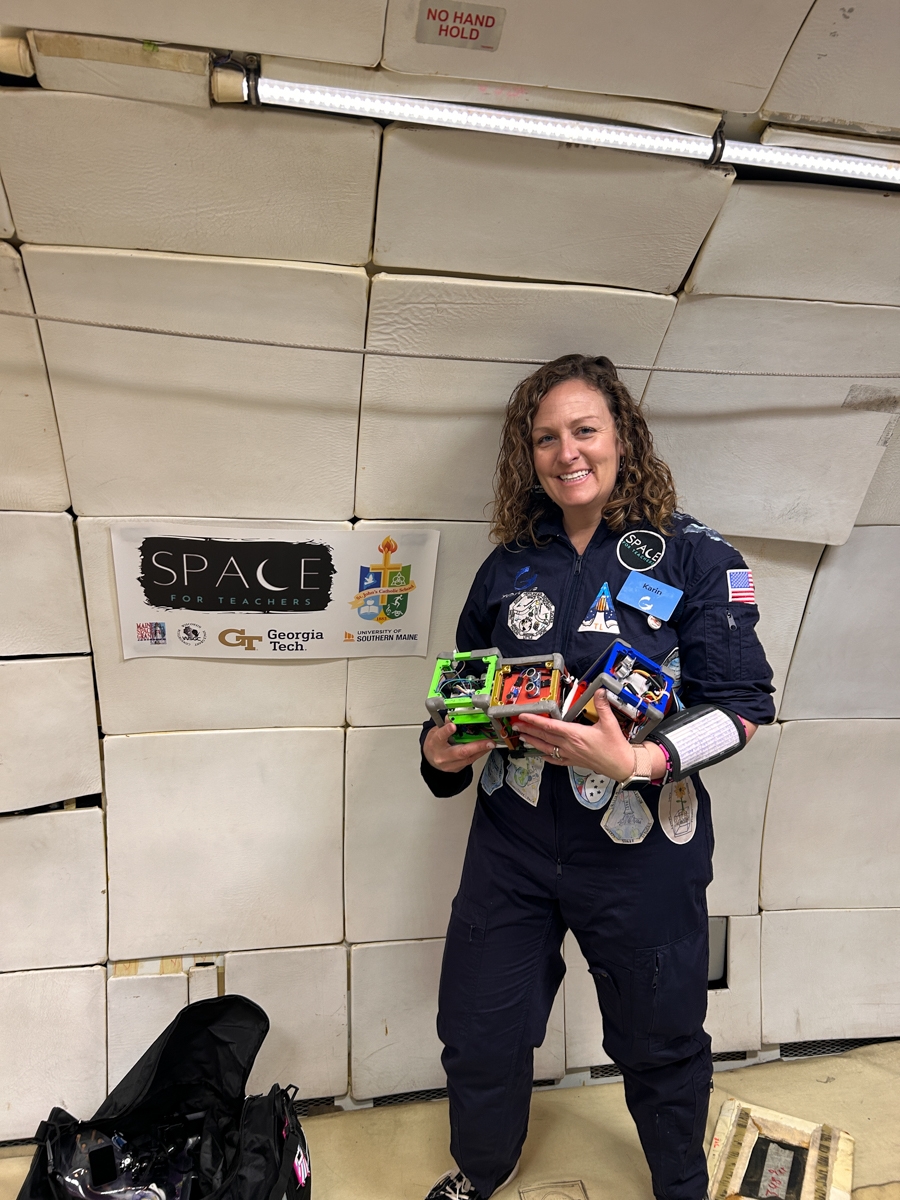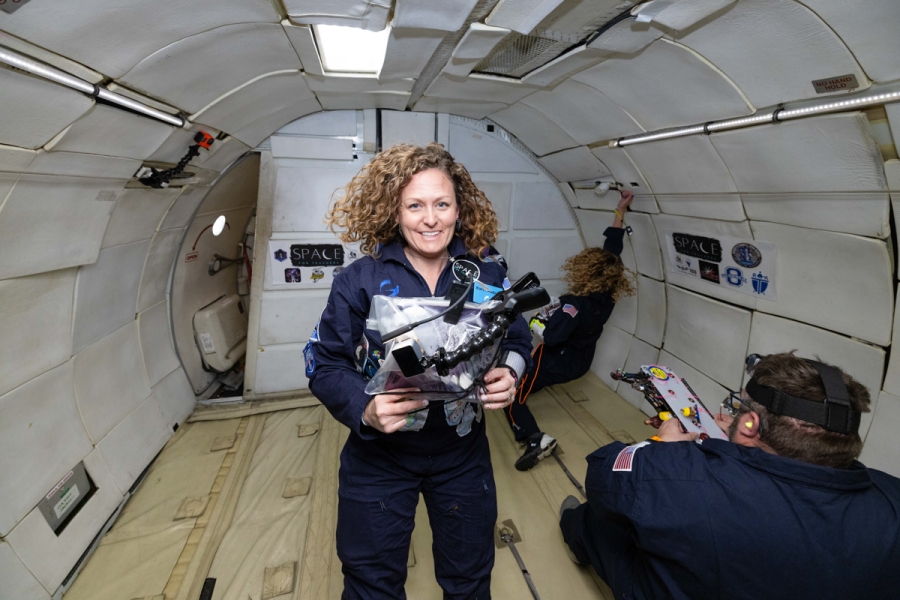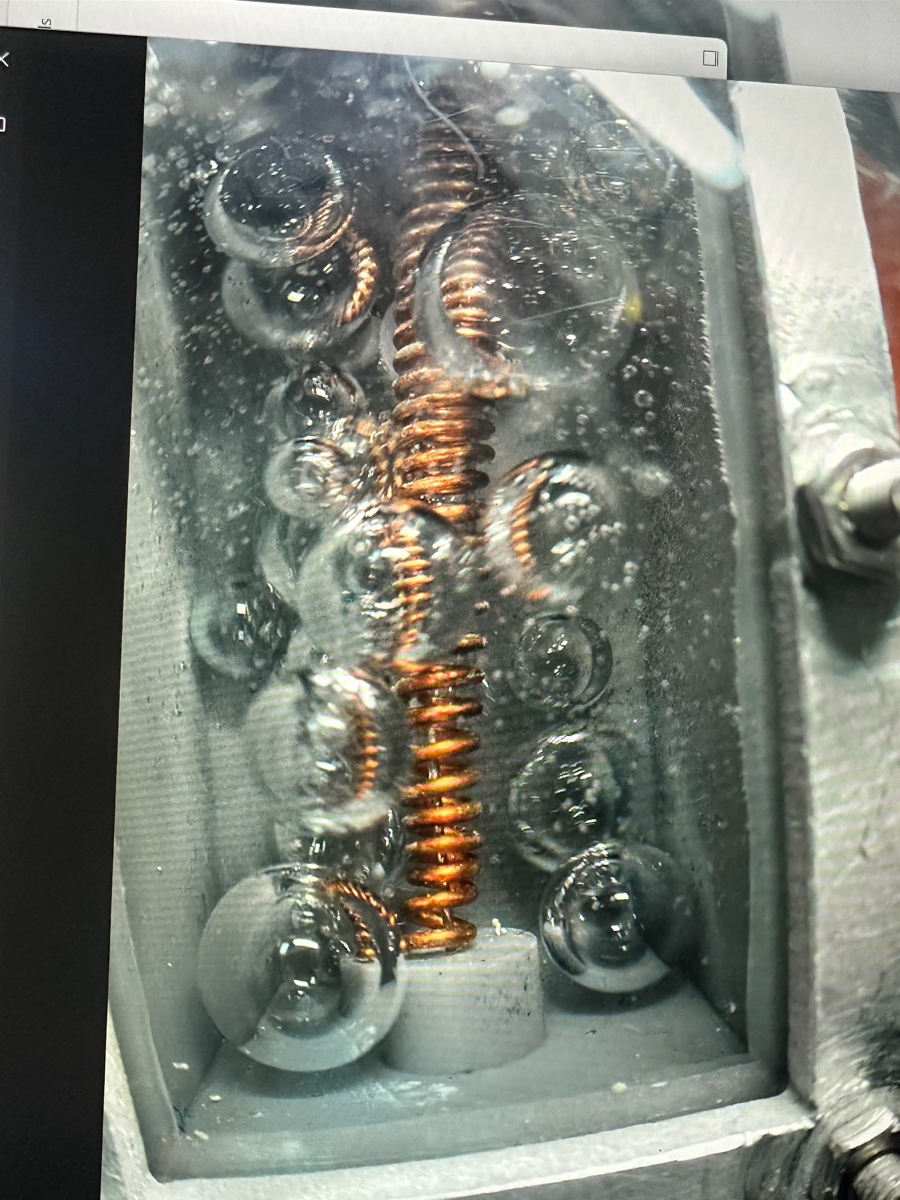St. John’s Catholic School students successfully test science experiments in microgravity
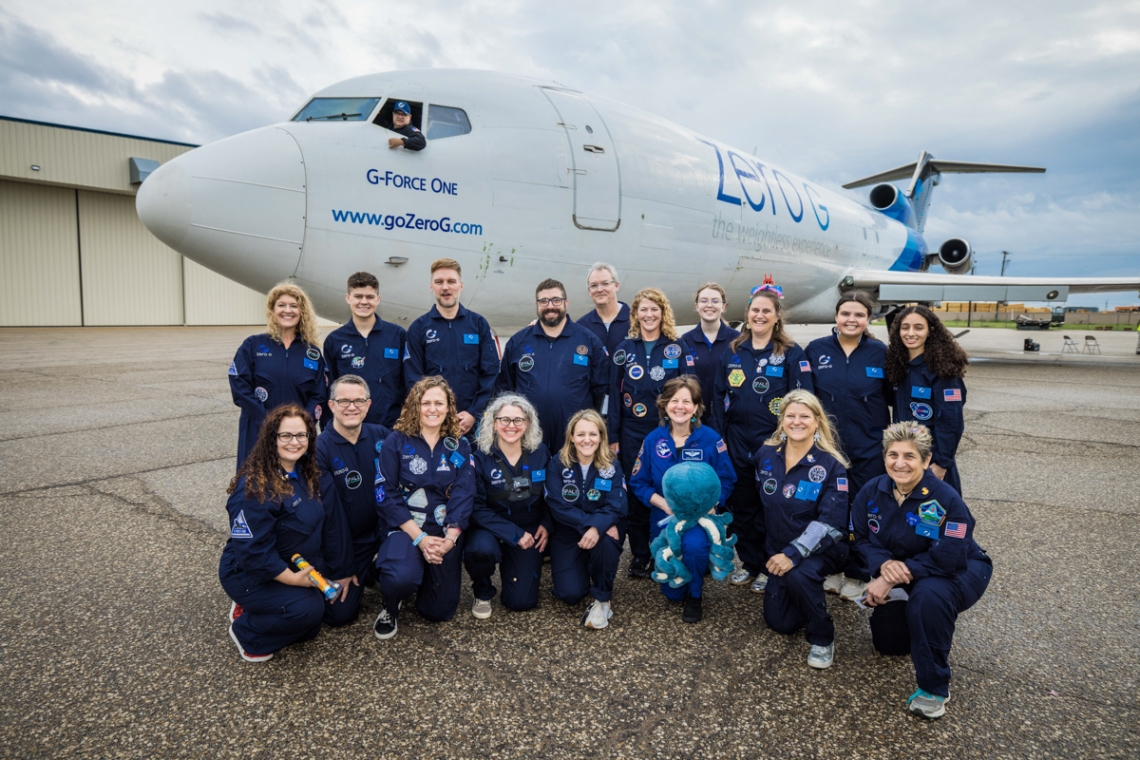
Seventh and eighth grade students from St. John’s Catholic School in Brunswick, Maine, recently sent their science experiments into microgravity aboard a Zero-G flight—thanks to their teacher, Karin Paquin, and the Space for Teachers program supported by the ISS National Laboratory and the Wisconsin Space Grant Consortium.
On May 7, 2025, Mrs. Paquin flew aboard a parabolic Zero-G flight in Salina, Kansas, bringing student-designed experiments along for the ride. This hands-on experience was the culmination of a yearlong partnership with Space for Teachers, a program that not only brought real research into the classroom but allowed Mrs. Paquin to participate in her own professional learning journey.
A surprise guest on the flight was retired astronaut Cady Coleman. During the flight, she spent time learning about each teacher’s student microgravity experiments. Dr. Coleman’s presence and support added a sense of wonder and encouragement to the experience.
“When I think back on this past year working with Space for Teachers, my students, and some incredible collaborators at Georgia Tech, one word comes to mind: transformation,” said Mrs. Paquin. “Throughout the year, my students were challenged in ways they never expected—especially at the middle school level. But every step of the way, I believed in them. And behind the scenes, supporting me, were the incredible mentors at Space for Teachers who believed in me."
The 8th grade students collaborated with Georgia Tech’s Romero-Calvo Lab to design a passive phase separation experiment, which investigates how air and water separate in microgravity—a process essential for life support systems in space. Students designed and built custom conical metal springs and microfluidic plumbing systems, gaining firsthand experience in fluid dynamics and engineering for space environments. They are currently analyzing the performance of different conical angles and calculating flow rates based on in-flight data.
“I had the chance to take a look at the data you shared and it's truly amazing!" said Dr. Romero-Calvo. "With some work in characterizing the volume flow rate of the pump, I think this can result in a fun and impactful publication.”
“It was very difficult,” said 8th grader Joseph Stratman, “but it was worth the long hours of brainstorming, building, testing, modifying, and retesting. Knowing it really worked and could impact microfluids in space makes every minute worth it.”
This experiment directly supports the Earth and Space Science curriculum, connecting topics like fluid behavior, engineering, and the importance of water recycling systems aboard the International Space Station.
Meanwhile, the 7th grade students explored the effects of microgravity on ambient sound using Arduino-powered CubeSats. Their goal: to understand whether researchers aboard Zero-G flights should wear hearing protection due to noise exposure during repeated parabolas. This ties into the Life Science curriculum, focusing on human physiology and environmental health both on Earth and in space.
“It’s cool that we can test these experiments in microgravity without having to go to space, they are accessible through our teacher makes experiences like this exciting”, said 7th grader Mary Kathleen Setchell.
Students are currently analyzing acoustic data collected across 30 parabolas to compare with their hypotheses and explore sound's impact on the human body in microgravity.
While in Salina, Mrs. Paquin livestreamed from inside the Zero-G hangar and even from the aircraft itself, sharing the experience in real-time with the entire St. John's school community.
“Seeing Mrs. Paquin fly was inspiring,” said 6th grader Gracelynne Stratman. “She somehow did everything while floating! She taught me that anything can be done if you work hard and are dedicated.
This immersive opportunity is just one example of the work Mrs. Paquin has led at St. John's over the past 3.5 years. Through her recently established St. John’s Launch Lab, students in grades 6–8 engage in high-level science with real-world applications — bridging space exploration, engineering, and data analysis.
Mrs. Paquin is also involved in the CAPE-Twiggs CubeSat 3U Mission, seeking new ways to further immerse her students in space science and satellite technology.
These experiences demonstrate how authentic research opportunities can bring science to life, helping students see themselves as scientists, engineers, and explorers. By connecting science curricula with hands-on experimentation and collaboration with professionals, St. John’s is launching students into a future of innovation and discovery.
“The Space for Teachers program gave them that chance,” added Mrs. Paquin. “It gave them a space to be scientists, not just observers. Without this program, they wouldn’t have had the opportunity to conduct independent research with Georgia Tech or build ambient CubeSat studies focused on sound. The most amazing thing about this program is that not only were my students learning—but so was I. I was growing into a better teacher, a stronger colleague, and a more reflective person because of the opportunities Space for Teachers provided.”
Caption: Pictured in front of G-Force One are the 8 teachers in the Embedded Teacher Program, with Space for Teachers mentors, NASA STEM Enhancement in Earth Science (SEES) interns, Zero-G pilot, Marcos Valdez, and Astronaut Cady Coleman







